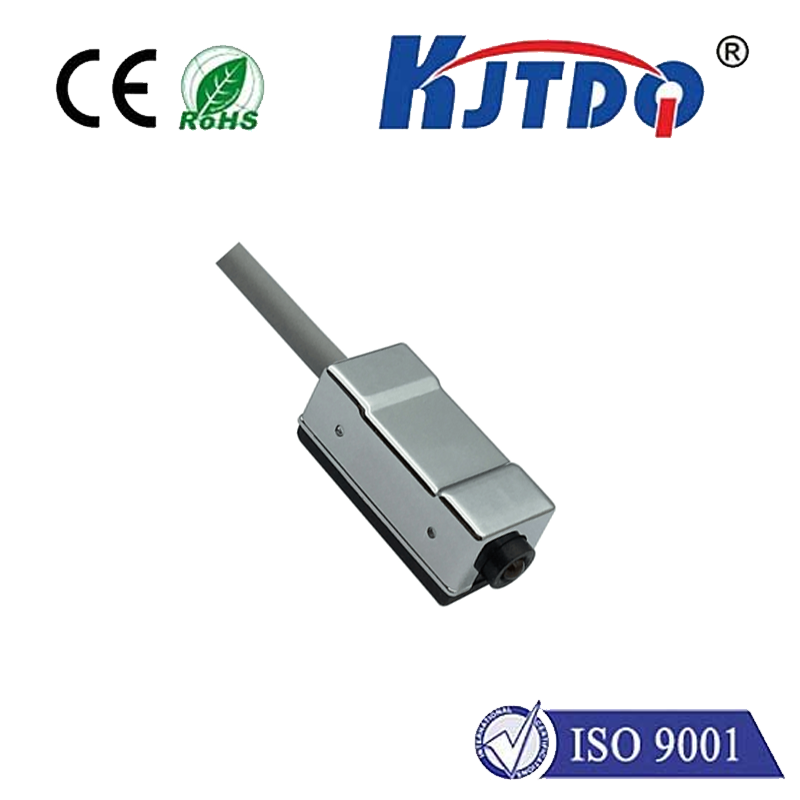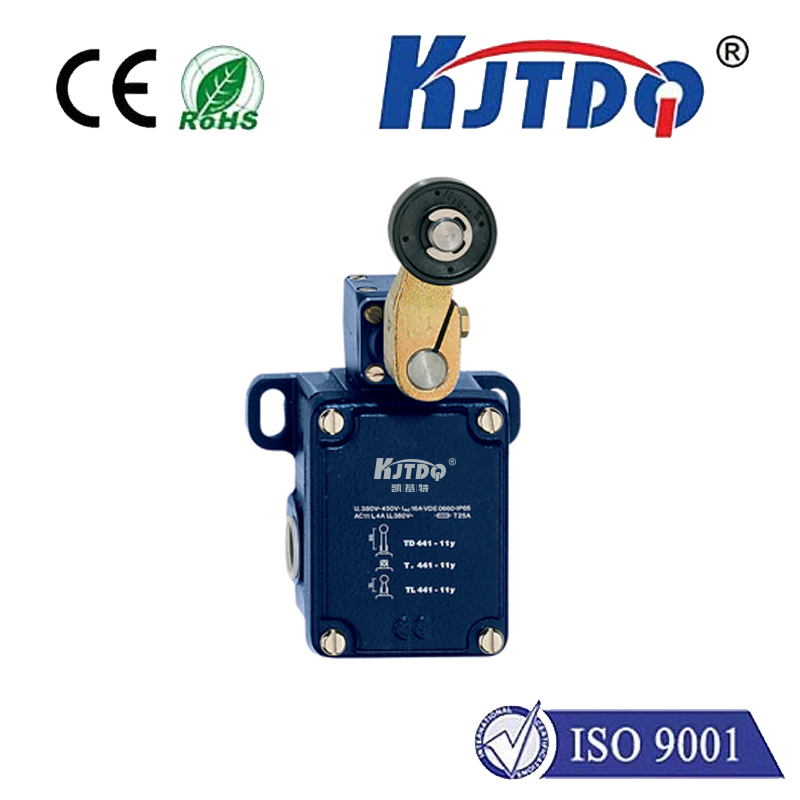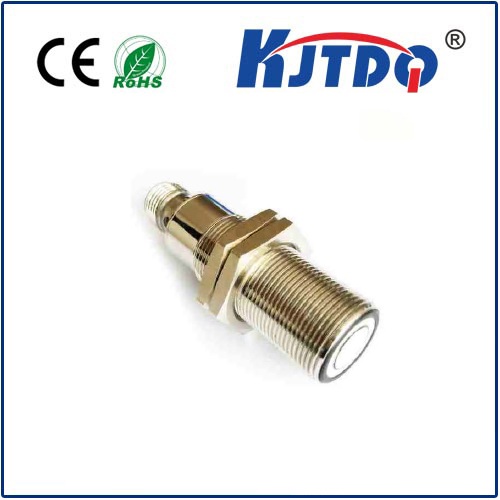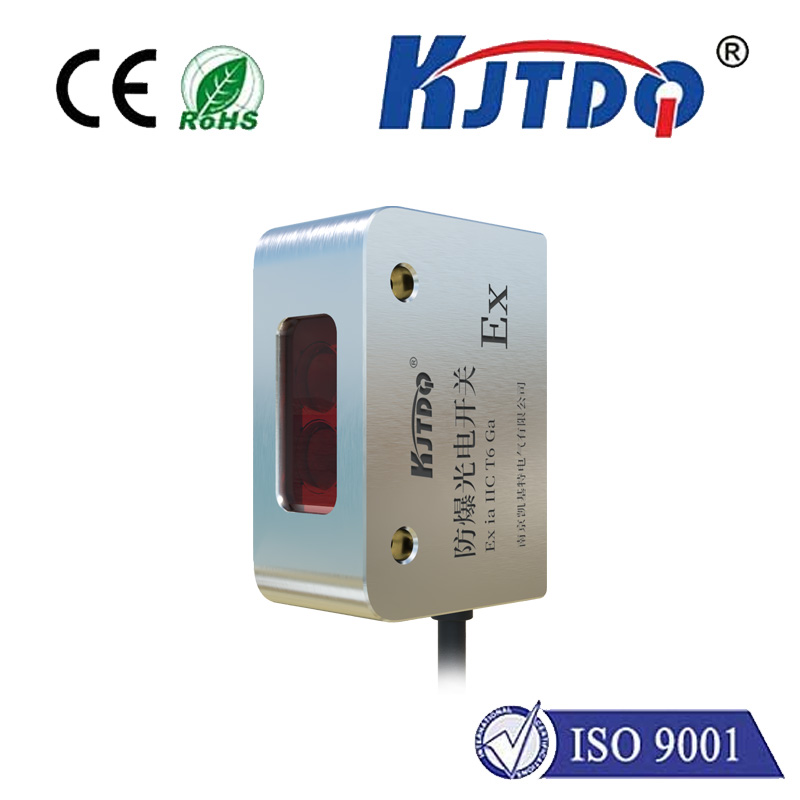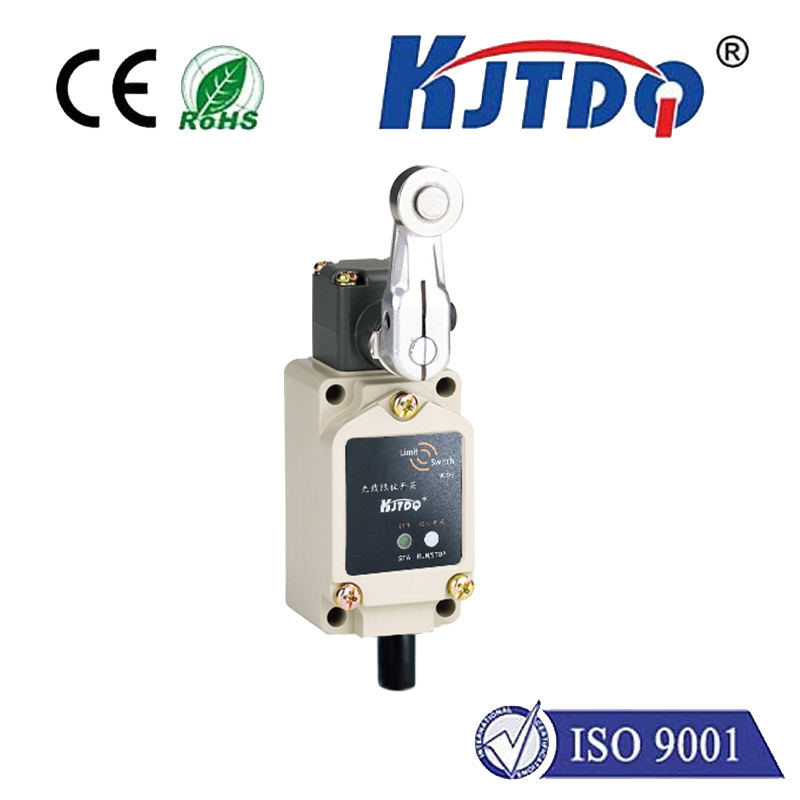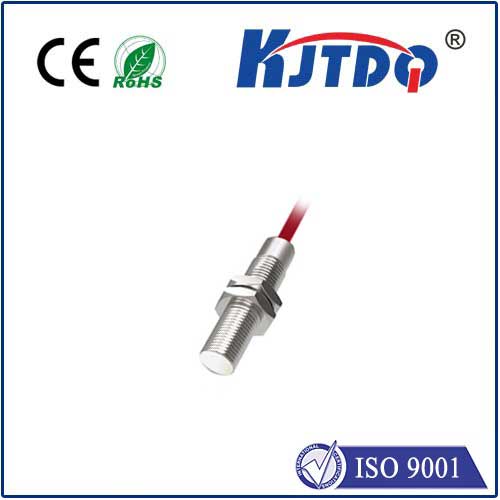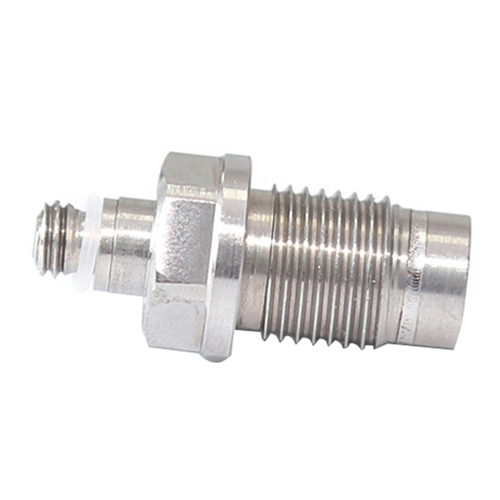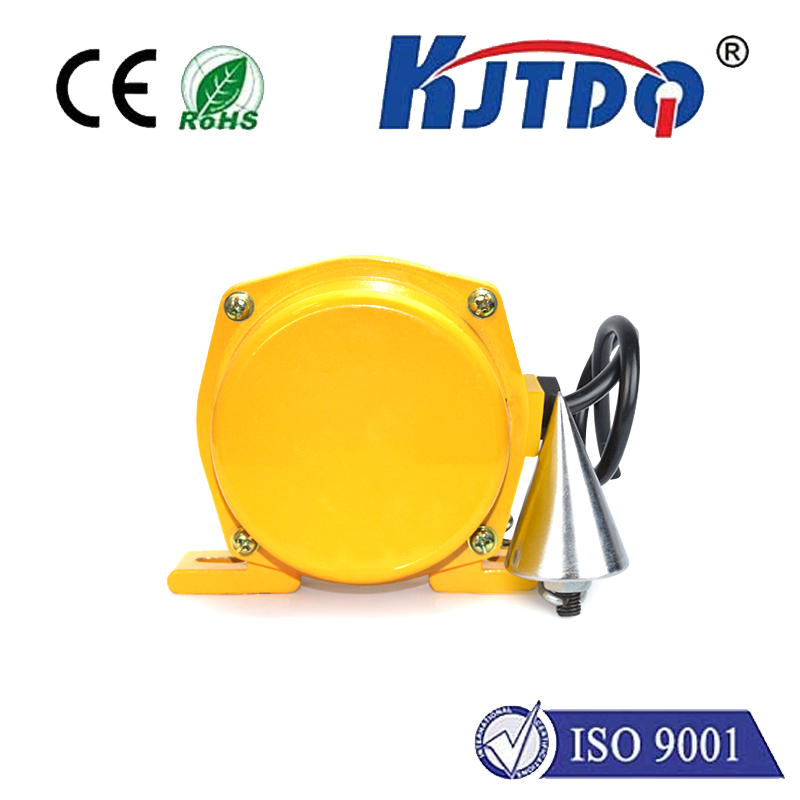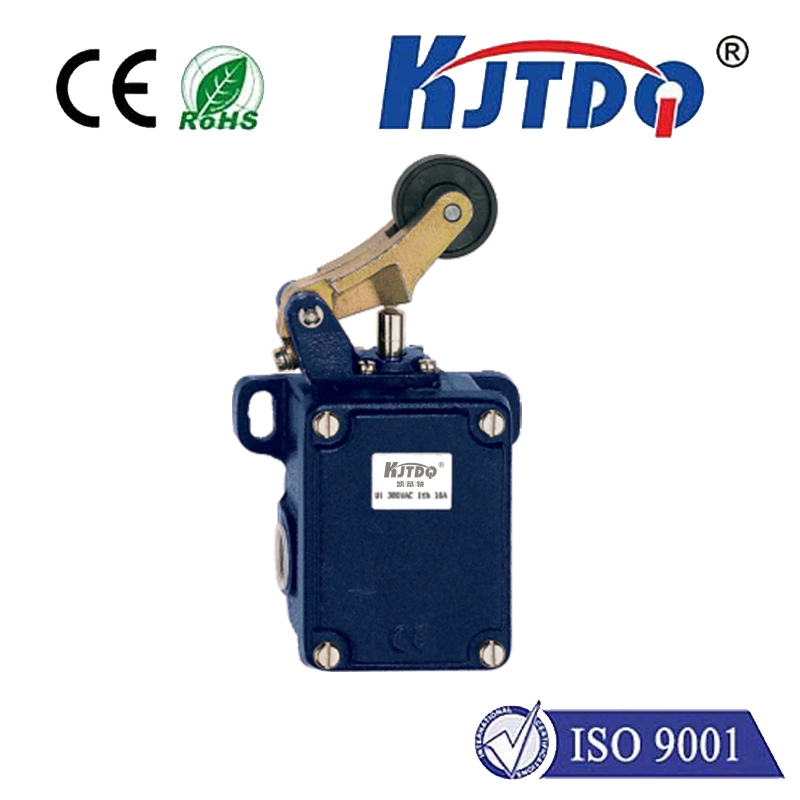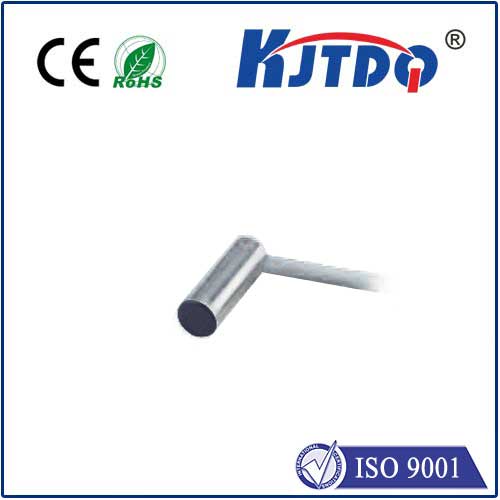

check

check

check

check

check

check

check

check

check

check
Temperature Sensor Non Contact Type: A Revolution in Thermal Monitoring
The advancements in technology have brought about significant changes in the way we monitor and regulate temperature. One such innovation is the temperature sensor non contact type, a device that measures temperature without making physical contact with the object being measured. This article will discuss the advantages and applications of this revolutionary thermal monitoring technology.

Firstly, let us understand what a temperature sensor non contact type is. As the name suggests, it is a sensor that can measure temperature without touching the object or surface whose temperature needs to be monitored. These sensors use infrared technology to detect heat emitted by an object and convert it into a temperature reading. They are highly accurate and provide real-time data, making them ideal for a wide range of applications.
One of the primary advantages of using a non-contact temperature sensor is safety. In industries where workers come into contact with high temperatures or hazardous materials, these sensors eliminate the risk of injury or contamination. They also reduce the possibility of damage to sensitive equipment during measurement. Furthermore, they can operate at distances ranging from a few centimeters to several meters, allowing for flexibility in installation and operation.
Another benefit of non-contact temperature sensors is their ability to measure temperature in difficult-to-reach areas. In situations where access to the object is limited or dangerous, these sensors can provide accurate readings without the need for direct contact. This is particularly useful in industries such as aerospace, automotive manufacturing, and food processing, where precise temperature control is critical to product quality and safety.
Non-contact temperature sensors are also versatile and can be used in various settings. They are commonly found in industrial processes, where they monitor machinery and equipment to prevent overheating and potential failures. They are also used in HVAC systems to regulate indoor temperatures and ensure energy efficiency. Additionally, they are employed in medical facilities to monitor patient body temperatures without causing discomfort or infection risks.
In conclusion, the temperature sensor non contact type has revolutionized thermal monitoring by providing accurate, safe, and versatile solutions for a multitude of applications. From industrial processes to healthcare monitoring, this technology has become an indispensable tool in ensuring optimal temperature control and promoting overall safety and efficiency. As technology continues to evolve, we can expect further advancements in non-contact temperature sensing, leading to even more innovative applications in the future.
